Handwriting Readiness: Fine Motor Activities and Letter Work
This post may contain affiliate links.
“Back when I went to teaching school, we had an entire semester on handwriting,” my new colleague grimaced as she looked at my messy handwriting on the chalkboard after my first day of teaching. I never did improve my handwriting, nor did I have any idea how to teach it.
Schools have too much to teach in too short of time. Handwriting practice is low on the list of priorities. It’s getting cut out of curriculums if it’s been there at all.
Recently I spoke with Jan Olsen, creator of Handwriting Without Tears. She said, “It’s unthinkable that you would teach reading without training. . . a lot of people who have been trained to teach how to write a story but can’t tell your child how to make a letter.”
Gulp.
Parents, I have news for you. We need to teach handwriting at home. Because even if they get it in preschool and elementary school like mine, they might not be taught correctly. Both my kids have poor handwriting. I didn’t do my part in helping them learn it correctly from the start. I am now making up for lost time.
And, just to remind you, handwriting is important for your child’s success.
- It has cognitive benefits (brain boosting).
- Your child will get better grades in school and on tests.
Now, let’s get to what you’ll need to do with your child.
Handwriting Readiness, Children Ages 2 – 5
At age 2 – 5, work on getting ready to write. You want to focus on:
- Fine-motor development
- Eye-hand coordination
- Strengthening fingers, hands, arms
- Directions (top, bottom, left, right, over, under, up, down, top, middle, bottom)
- Names of fingers (helps when you’re learning to hold a writing tool)
- Grip (Watch this proper pencil grip song)
Handwriting Readiness Activities At Home

- pick up buttons (if they’re old enough not to be choking hazards)

- pick up puff balls with tongs or tweezers
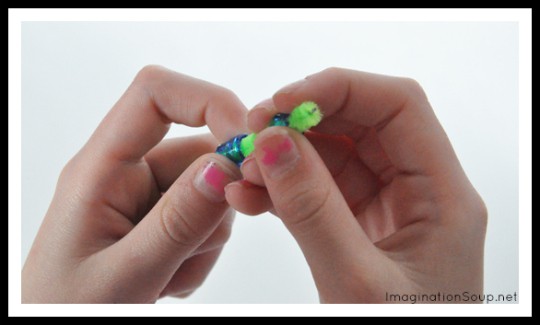
- string beads on pipe cleaners
- finger painting
- draw and scribble
- sing “Where is Thumbkin” (to learn the names of fingers)
- follow directions to move up, down, left, right
- spray with a squirt gun or spray bottle
- play Thumb War
- play Pick-Up Sticks, High-Ho CherryO, or Operation

- find objects in silly putty

- play with clothespins
Learning to Write, Children Ages 4 – 7
Depending on when the child is ready, they will soon be ready to start writing. You’ll start with:
- Drawing lines: vertical, horizontal, diagonal, circles, squares, triangles
- Drawing anything
Keep working on fine motor skills with these activities:
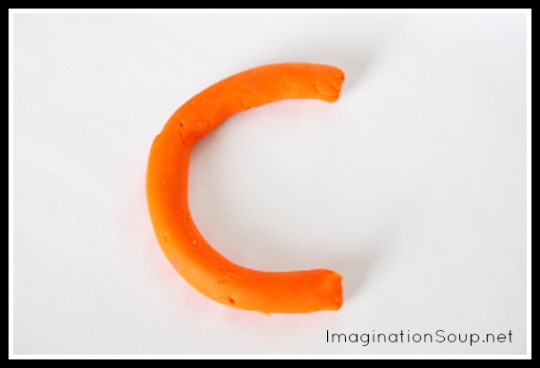
- roll and make letters in play dough
WATCH: Roll-a-Dough building letters video from Handwriting Without Tears - complete a maze
- draw scratch art
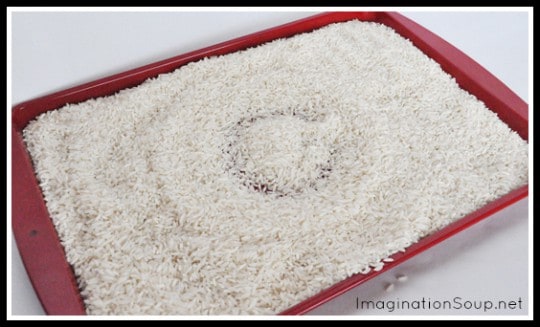
- make letters in a rice or sand tray

- make letters with Wikki Stix
- trace letters
- use the Wet-Dry app
- try the Letter School app

Learn to Write Letters Correctly
Since it’s up to us to teach our kids correct letter formation, I’m excited to start with the Handwriting Without Tears (HWT) curriculum.
HWT Creator, Jan Olsen, explained, “I’m an occupational therapist, . . . what I developed were my own skills but I came to it from a background in child development and task analysis. I know how to help kids hold a pencil. I know how to teach letters and numbers that aren’t backward. I know how to make cursive easy.”
She also recommended that I work on her curriculum over the summer so it doesn’t become a battle along with homework.
“It doesn’t matter what grade you are in when you start the Handwriting Without Tears program. That’s one reason we don’t put any grades on our workbooks.” (However, grade level is indicated in the online shop to guide parents.)
I’m going to start with the teacher’s guide and watch the video lesson online. How about you?
Where are you on the handwriting continuum?
Are your kids getting enough instruction and practice in school or do you need to do more at home?
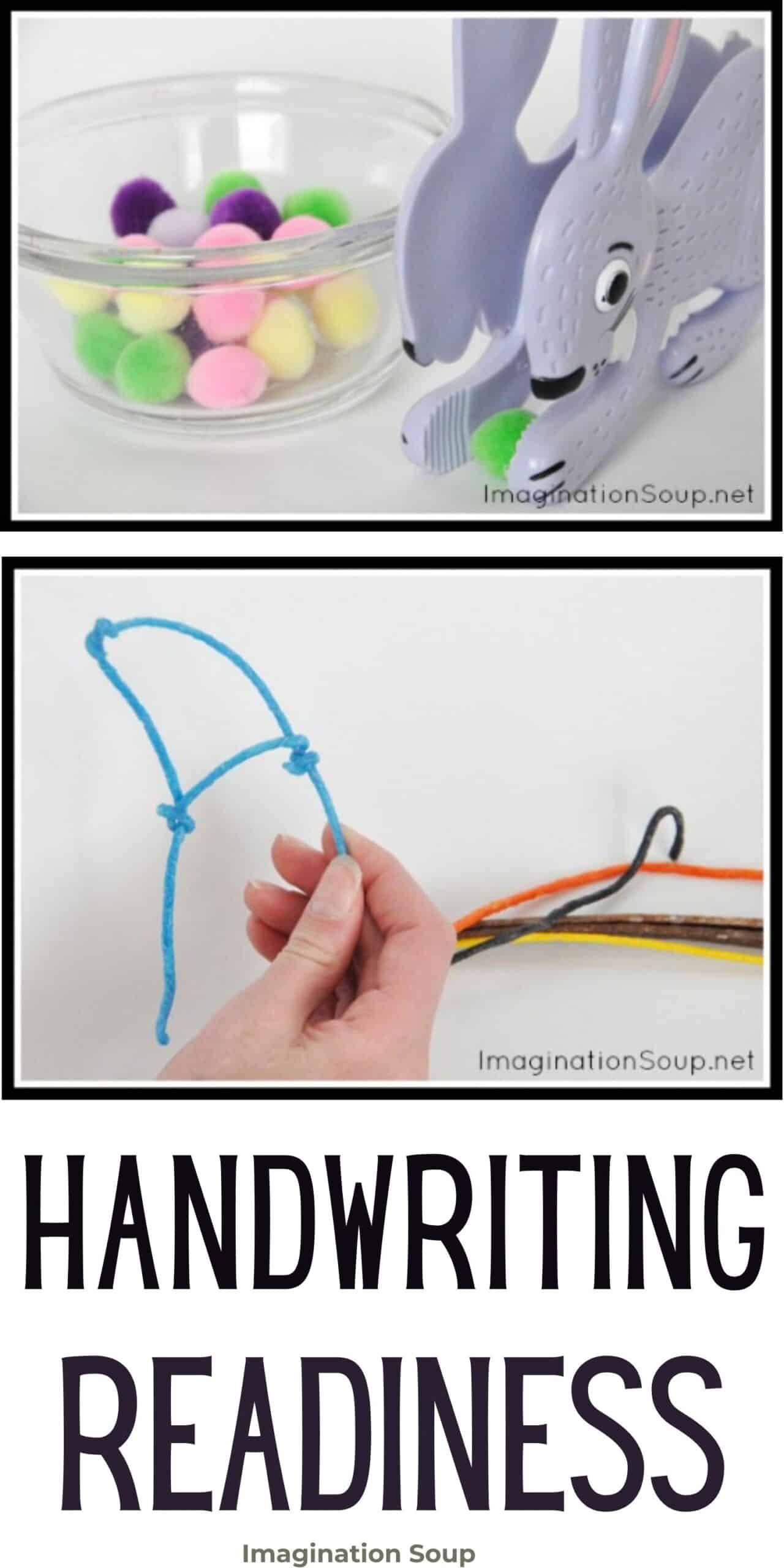
Follow Melissa Taylor’s board Writing Activities for Kids on Pinterest.

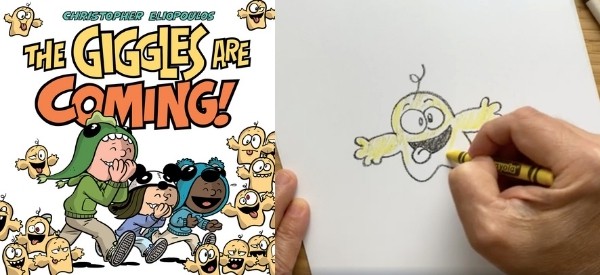



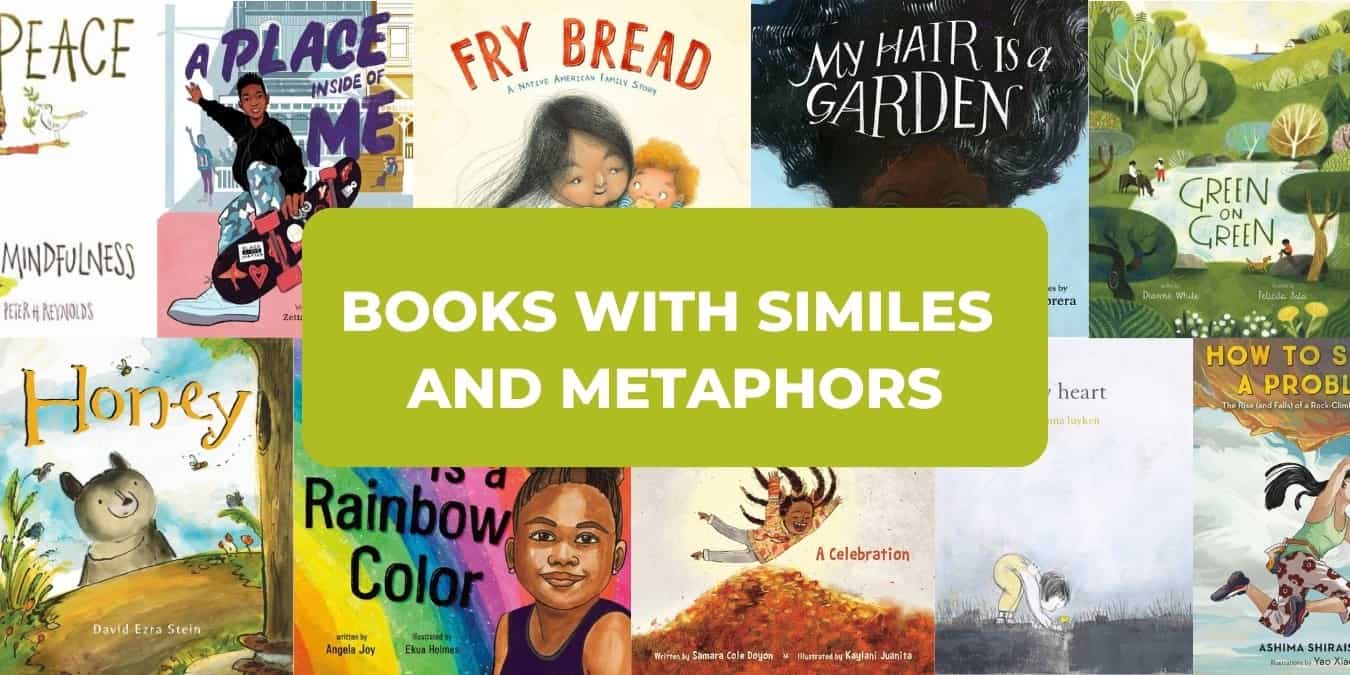

At my daughter’s school they learn handwriting before moving onto printing, so I feel really good about knowing that won’t be a lost art in her world. I learned handwriting hardcore in school, but with the laziness of typing, it’s pretty awful now 🙂
ha- mine, too but at least I know if I try, I can write decently. And read cursive. That’s another issue with not teaching cursive — kids won’t be able to read it.
Melissa, Thank you so much for this wonderful article about the importance of teaching handwriting. As an occupational therapist who specializes in the assessment and remediation of handwriting skills, I work with children and their families when the problem of handwriting becomes frustrating and a barrier to a child’s educational success. It is heartbreaking. And as much as I am thrilled and honored to be able to help them, I am just as focused upon preventing this from happening to just one more generation. Pre-handwriting practice, as well as handwriting skills practice, at home is essential. However, for some students, all of the practice in the world won’t make the frustration go away. For them, they will benefit from additional OT services. If a child does not receive them in school, that I strongly suggest that parents seek assistance outside of school. Handwriting efficiency is a positive contributor to a student’s educational progress, while handwriting deficits (diminished letter recognition, illegibility, spacing, etc.) are major contributors to a student’s inability to keep up with his peers and to have his written work graded commenserate with his knowledge. Thanks again for this post – as you can see, I am passionate about handwriting!
Katherine J. Collmer, M.Ed., OTR/L, http://www.handwritingwithkatherine.com
I understand the time constraints-I’m a retired teacher. It just seems sad not to teach cursive. Went to school in the 60’s when we went to a writing class each day! I always get compliments on my handwriting,so I guess it’s become something I feel proud of.
Spot on, Melissa! Pinned and tweeted. Getting ready to share on FB as well. Handwriting and spelling are both a courtesy to the reader and when taught in that authentic way, I believe children respond better. Oh, and the amazing list of activities you’ve mentioned in your post make it fun, too!
thank you, Becky!
I’m so happy I happened across your blog here, and especially this post! Thanks for all the helpful tips! I wasn’t sure how to help my 7-year old at home, but I can tell he’s not getting enough at school in this area.